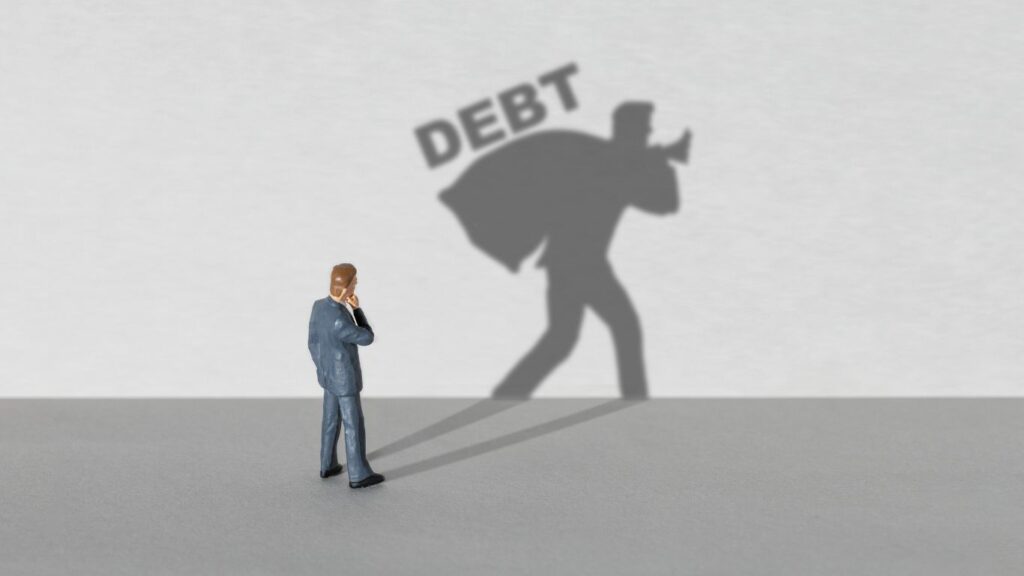Debt can be a significant hurdle on your path to achieving financial stability and reaching your goals, such as saving for a home deposit or securing a mortgage. With the recent announcement by the Federal Government providing some relief for those with student loans, it’s an opportune time to assess your overall debt situation and take steps to regain control. Here’s how you can start managing your debt effectively.
Understanding Different Types of Debt
Debt comes in various forms, each with its own impact on your financial health. Here are some of the most common types:
- Student Loans: Traditionally, student loans have been considered manageable, with repayments linked to inflation, which typically rises slower than wages. However, with recent spikes in inflation, the government has intervened to cap the rate at the lower of the Consumer Price Index or the Wage Price Index, benefiting millions of Australians with student debt.
- Personal Loans and Credit Cards: These are among the most common debts and can carry high-interest rates, making them more challenging to pay off.
- Outstanding Bill Payments and Fines: These can accumulate quickly and add to your financial burden if not managed promptly.
- Buy-Now-Pay-Later Schemes: While convenient, these schemes can lead to mounting debt if payments are missed.
- Mortgage Debt: If you’ve already purchased property, managing mortgage debt is crucial to maintaining financial stability.
The first step in managing your debt is to make a comprehensive list of everything you owe to get a clear picture of your financial obligations.
Good Debt vs. Bad Debt
Not all debt is created equal. Understanding the difference between good and bad debt is key to prioritizing your repayments:
- Good Debt: This includes debt that has the potential to increase your wealth over time, such as a home loan. Real estate typically appreciates, making your mortgage a form of good debt.
- Bad Debt: This includes high-interest debt that doesn’t contribute to your financial growth, like credit card debt or personal loans. These should be prioritized for repayment as they can quickly become a financial drain.
How Lenders Assess Debt
When applying for a loan, lenders evaluate your financial health by assessing your debt-to-income ratio, credit history, and current liabilities. The lower your debt, the more likely you are to be approved for a loan, making it essential to pay down debt before applying for a mortgage.
Strategies for Paying Down Debt
Creating a budget is a crucial step in managing your debt. Calculate your total monthly expenses, including the interest on your debts, and compare it to your income. If there’s little left over, consider cutting non-essential spending to free up funds for debt repayment.
One popular method for paying down debt is the snowball method. This involves focusing on paying off your smallest debts first, which helps build momentum and motivation as you gradually tackle larger debts. Ensure you continue to make minimum payments on all other debts to avoid penalties.
If your debt feels overwhelming, consulting a financial professional can provide guidance. You might also consider debt consolidation, which combines multiple debts into a single loan with a potentially lower interest rate. However, proceed with caution, as this doesn’t always result in lower repayments.
Take Control Today
Debt can quickly spiral out of control, especially with rising interest rates. Taking steps now to manage and reduce your debt will set you up for a brighter financial future. Whether it’s creating a budget, using the snowball method, or seeking professional advice, every action you take today brings you closer to financial freedom.
Struggling with debt? Our team at BOA & Co. is here to help you take control of your finances. Contact us today at 1300 952 286, email [email protected], or visit our website at www.boanco.com.au to get started on your path to financial freedom.

